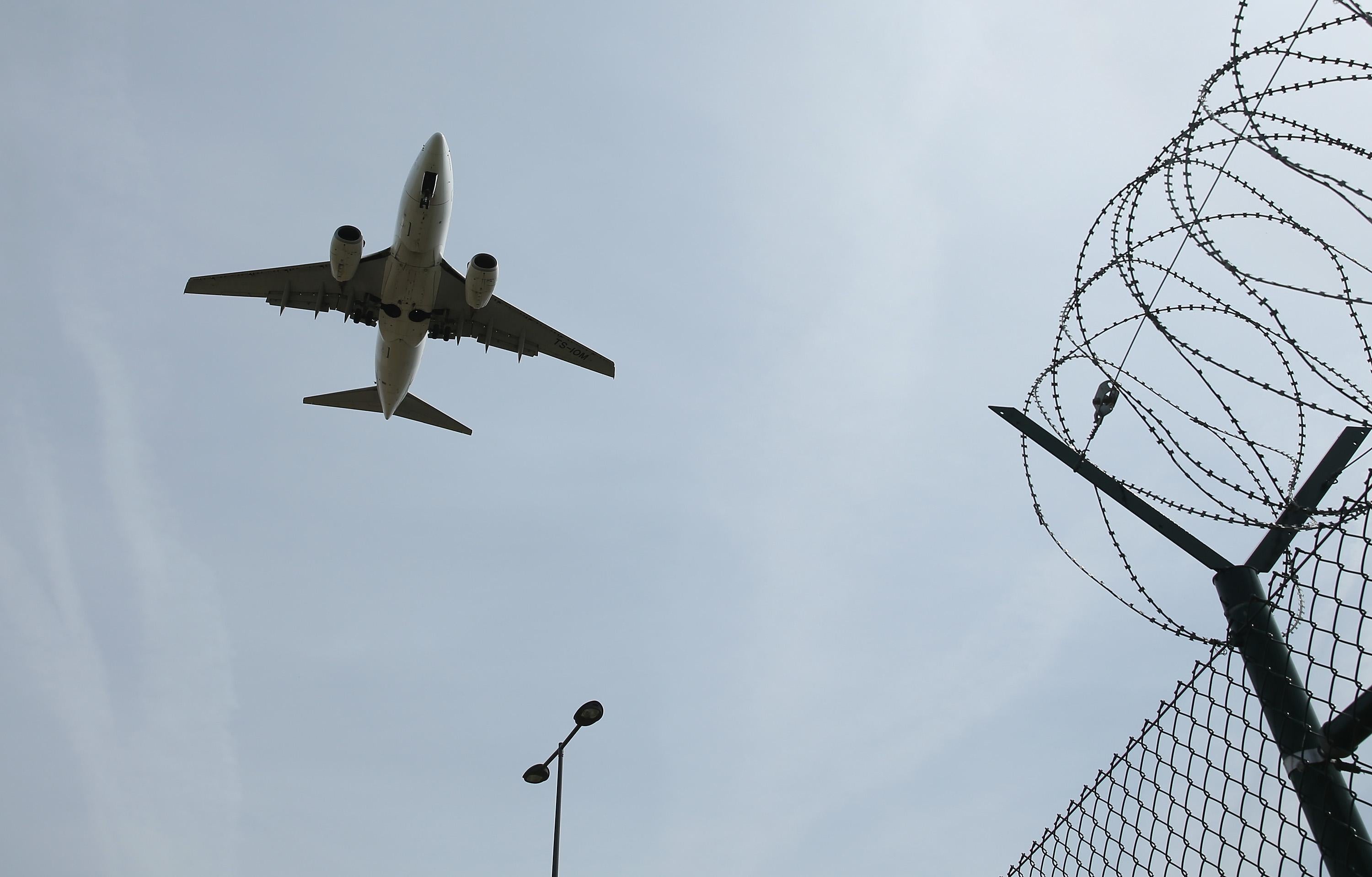Over the course of the week I feel like I’ve read a remarkable number of detailed and rigorous fact-checks and debunkings of Elon Musk’s claims around the potential costs and benefits of building a “hyperloop” from San Francisco to Los Angeles. I’d say Alon Levy delivered the most forceful and thorough retort I’ve seen, but there’ve been plenty.
And it all makes me a little sad. Not because I have any particular feelings about the hyperloop but because it shouldn’t take a hyperloop—an outlandish-sounding brand-new technology with a goofy name—to get a national conversation going about transportation. After all, even if you invented a device that would instantaneously teleport people from Los Angeles to San Francisco, that wouldn’t do much to improve the national transportation picture simply because not that many people are going from Los Angeles to San Francisco on any given day.
If you’re interested in improving medium-distance intercity travel in the United States, the low-hanging fruit by far is reducing burdensome TSA procedures. That gets you from San Francisco to Los Angeles faster. But it also gets you from Phoenix to San Antonio faster. And from Tampa to Atlanta faster. Yet even though everyone knows this, there seems to be almost no media interest in the question of what kind of safety benefits are TSA procedures actually delivering and at what cost.
Many American cities suffer from endemic traffic jams that could be greatly ameliorated with congestion pricing. And in some corridors (the Northeast especially but also some city-pairs in Florida and Texas and probably between Chicago and Milwaukee as well) reduced traffic congestion on the highways would make intercity bus travel both faster and cheaper.
If you’re interested in trains in the train-heavy part of the country (I live here, so I’m interested) there are a whole series of smallish incremental improvements to the infrastructure that could improve Northeast Corridor rail. Admittedly “let’s repair some bridges in Connecticut” lacks the pizzazz of “let’s build a vacuum tube.” But unlike a hyperloop, the barrier to upgrading or replacing rail bridges in Connecticut is really just that people aren’t aware of the issue or interested in it. A few days worth of hype and articles in every publication on the planet would probably suffice to get a few things done.
